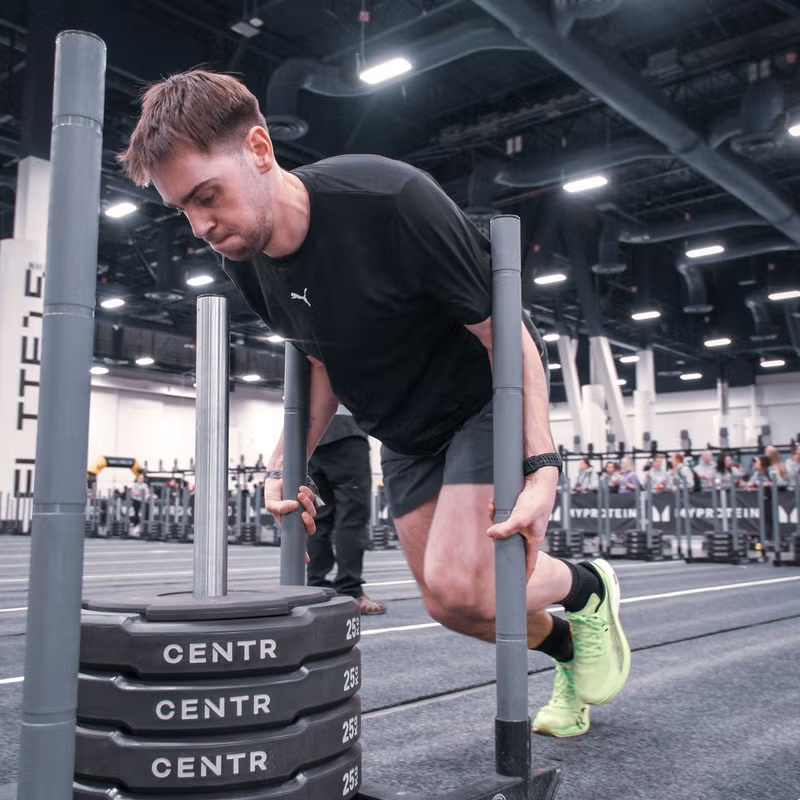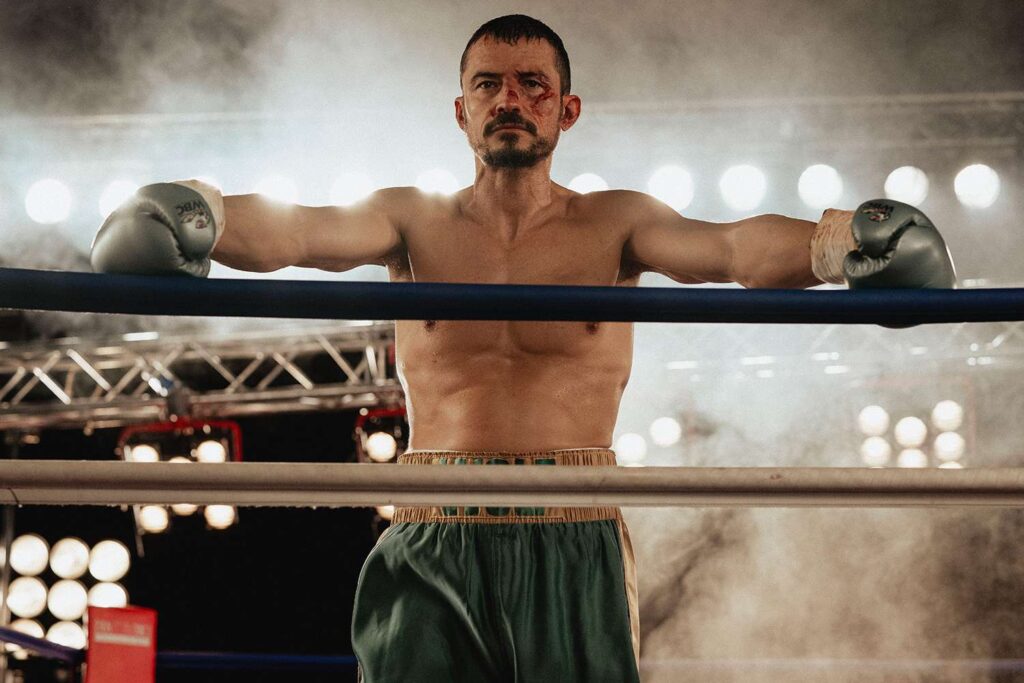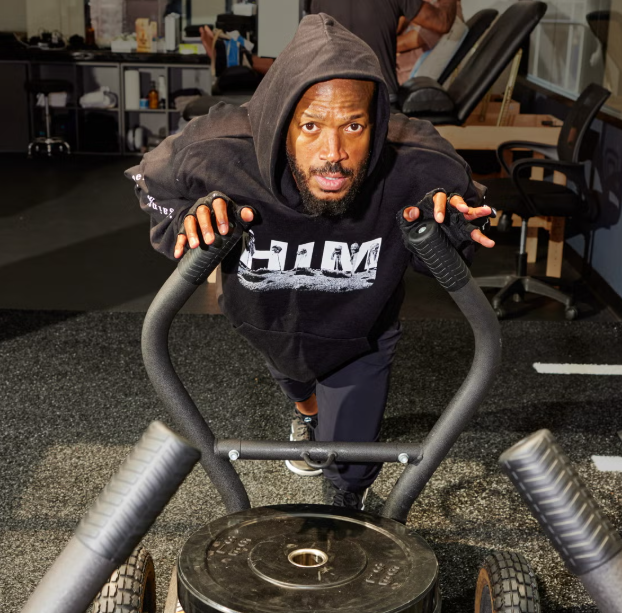EXERCISE IS SUPPOSED to make us fitter, faster and stronger, but sometimes the reality is an ice pack on the couch instead of a new personal best.
A new national survey from iSelect, which asked more than one thousand Australians about their workout habits and injuries, has revealed which forms of training are most likely to see you get hurt, who’s getting injured most often, and what you can do to protect yourself.
Right at the top of the list is aerial fitness, with almost a third of participants saying they’d been injured. Aerial fitness includes silks, hoops and trapeze. And while they might look graceful, they demand enormous grip strength, flexibility and body control. The smallest error in balance or technique can end badly.
Close behind is Hyrox, with just over 31 per cent of people reporting an injury. Hyrox is gruelling by design, and as fatigue builds, form breaks down. That’s usually when injuries happen.
Martial arts and boxing also feature prominently, with 29 and 27.6 per cent respectively, saying they’d been hurt. This isn’t surprising given the striking, grappling and explosive movements involved. Pole fitness, which has a lot in common with aerial training, sees more than a quarter of participants reporting an injury too. By contrast, swimming, yoga and dance-based classes recorded the lowest rates of injury, though even in those seemingly safer activities, men found a way to get hurt more often than women.
In fact, men were more likely to get injured in almost every category. Overall, 24.3 per cent of men said they’d been injured compared to 18.7 per cent of women. The most striking difference was in yoga, where nearly 16 per cent of men reported an injury compared with less than 7 per cent of women. Pilates, dance fitness and spin showed similar gaps.
The reasons are fairly simple: men are typically less flexible, more inclined to push too hard, and less likely to focus on technique. Women, on the other hand, are more consistent at respecting the process and listening to their bodies.
So why do some workouts hurt more than others? High-impact formats like Hyrox and combat sports combine heavy effort with fatigue, and once your form goes, the risk of injury skyrockets. Skills-based training like aerials and pole requires precision, and a single slip can cause a strain or a fall. Endurance activities such as running, which recorded an injury rate of about 24 per cent, are all about repetition. Too much mileage without enough recovery and your joints and tendons will let you know about it. Then there are the obvious risks of contact and collisions in martial arts and boxing, where bodies and egos crash into each other every session.
But risk isn’t the same as inevitability. Injuries can be avoided, or at least minimised, with some common sense. Technique should always come first, long before speed, load or difficulty. Progress gradually instead of rushing to prove yourself. Warm up properly and don’t skimp on mobility work. Mix high-intensity training with lower-impact sessions like swimming or yoga to give your body a chance to recover. Pay attention to warning signs and strengthen your weak spots through cross-training to avoid the muscular imbalances that so often cause breakdowns.
The workouts that look the toughest and deliver the biggest bragging rights are often the ones that carry the most risk, but that doesn’t mean you should avoid them. It just means you need to respect them. Go in prepared and train smart.















